Planning Pays Off: 5 Strategies to Get the Most Out of Your Delivery Speed Choice
October 30, 2024
5 min read
Introduction
Return to Origin (RTO) is one of the biggest challenges in e-commerce, where customer satisfaction can make or break your business.
A recent study shows that RTO rates typically range from 20-30%, while cash on delivery (COD) orders can result in an alarming 40% RTO rate. These high rates not only cause financial losses but also damage your brand’s reputation, making RTO reduction a critical area for improvement.
Strategically reducing RTO can transform this challenge into an opportunity. You can improve sales, cultivate customer loyalty, and eventually propel long-term business growth by tackling RTO at every point of the customer experience.
Read on to explore how to successfully lower RTO at several points in the e-commerce client journey.
rel=”nofollow”

Understanding Return to Sender (RTO)
RTO stands for Return to Origin, which is the process of sending a product back to the seller following a botched delivery attempt.
If the consumer gives the wrong address, returns the item after getting it, or chooses not to accept it, this could happen. Return and exchange requests, or RTOs, are often sent out for a number of reasons, such as customers changing their minds, defective products, or erroneous product descriptions.
For instance, when a consumer places an online order for shoes and the item is delivered, they may refuse the shipment if it does not fit their size or description. If, on the other hand, the courier is unable to deliver the item due to inaccurate shipment information, the item will be returned to the seller as a returned target.
RTO Reduction Strategies During Product Discovery
To reduce RTO, ensure product clarity with accurate descriptions, high-quality images and videos, and customer reviews. This helps customers make informed decisions and avoid disappointment upon delivery.
During Product Discovery
Here are some strategies you can follow to reduce RTO during the product discovery stage:
Clear and concise product description: The product descriptions are very descriptive and to the point so that they nullify all customers’ concerns and reduce the possibility of misconceptions.
Great-quality product images and videos: Using high-resolution pictures and videos creates considerably high value in product images from different angles that outline the features of the product.
Customer endorsements and reviews: Display customer endorsements and reviews to offer social proof, assisting future purchasers in establishing reasonable expectations and making wise choices.
During Cart Abandonment
One of the common incidences in e-commerce is cart abandonment. However, there are proper ways through which you may recover lost sales.
Follow these strategies to ensure customers complete their purchases:
Limited-time deals and discounts: Create a sense of urgency by delivering limited-time specials or discounts on items in the cart. This incentivizes clients to complete their transactions as soon as possible.
Guest checkout options: Provide checkouts as guests so that no account creation is required on the customers’ part to make purchases with low friction involved.
Exit-Intent Popups: Implement exit-intent popups that appear when a customer shows signs of leaving the site. These pop-ups can offer discounts or ask for feedback on why they are abandoning their cart.
During Checkout
The checkout process is one of the most critical steps in the customer journey. A smooth, user-friendly checkout experience can significantly reduce cart abandonment.
Secure and seamless checkout: The check out process must always be secure and seamless in order to avoid cart abandonment that might be because of technology issues or even safety issues regarding data security.
Multiple payment options: Give the clients various options for payments to suit different needs and preferences.
Clear shipping details: Shipping information, including shipping cost and estimated time of delivery, should be mentioned clearly at the start, along with return policies.
During Post-Purchase
Even after a purchase, there are opportunities to reduce RTO and enhance customer satisfaction.
Follow these strategies to improve the post-purchase experience:
Order Confirmation Emails: Send immediate confirmation emails with all relevant order details. This reassures customers that their order has been successfully placed.
Delivery Updates and Tracking Details: Throughout the delivery process, keep consumers informed by providing frequent updates about the progress of their orders, including tracking details.
Easy Returns and Exchange Process: Implement a straightforward returns and exchanges process. This minimizes customer disappointment and fosters trust, encouraging future purchases.
Conclusion
Following the strategies mentioned above would greatly reduce the RTO percentage, and you can enjoy a robust customer experience that leads to the booming success of your e-commerce business.
Ready to take your e-commerce strategy to the next level? Get in touch with Shipyaari today to discover how our tailored solutions can help you minimize RTO, enhance customer satisfaction, and drive your business forward.
Let’s work together to transform your challenges into opportunities for growth!
Frequently Asked Questions
RTO creates challenges for e-commerce businesses by causing lost revenue and increased operational costs. Each return incurs shipping and restocking expenses, significantly impacting profit margins. High RTO rates also indicate customer dissatisfaction, harming brand reputation and loyalty.
Provide precise and thorough product descriptions to remove any doubt in order to lower RTO. Provide customers with high-quality images and videos to help them visualize the products and feel more confident about their purchases. Social proof, or consumer endorsements and reviews, reassures prospective buyers of the product’s quality.
Send targeted recovery emails, perhaps with discounts or free delivery, to remind customers of the things they left in their carts. This will help recover abandoned carts. Cart abandonment can be reduced by making the checkout process more user-friendly and streamlined. RTO rates can be considerably decreased with these tactics.
A positive customer experience is vital for reducing RTO, as satisfied customers are less likely to return products. Personalization, tailored recommendations, and excellent customer support enhance satisfaction and loyalty. Implementing loyalty programs can further encourage repeat purchases and lower RTO rates.
Suggested Reads
Hyperlocal Personalization: Tailoring Experiences for Local Customers
Introduction The eCommerce industry in India has witnessed a rapid growth of hyperlocal services in
Continue ReadingDec






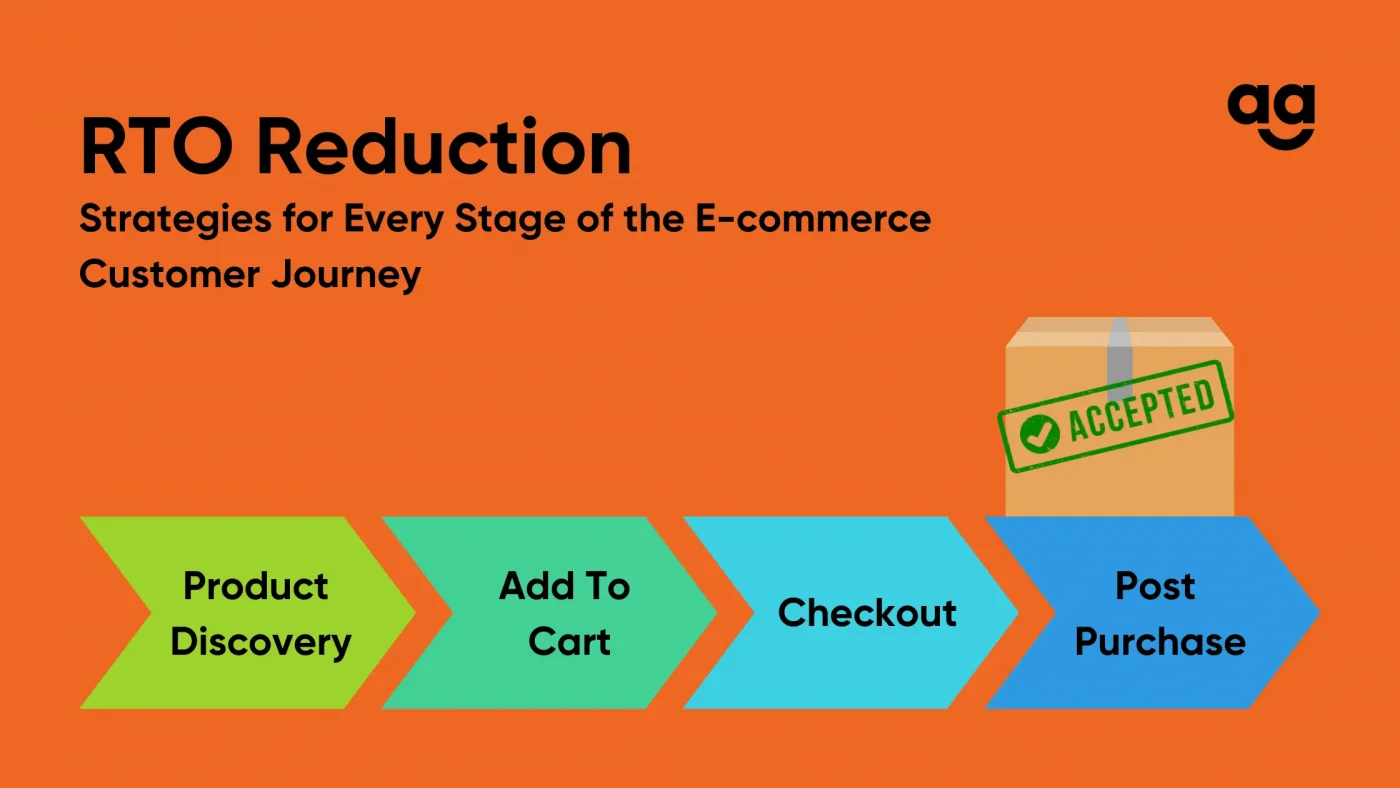



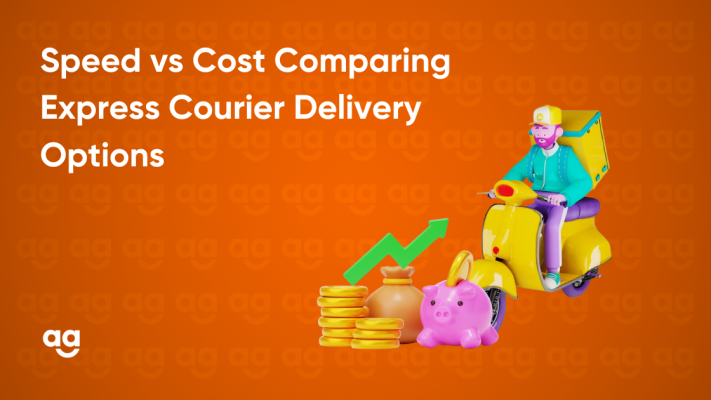
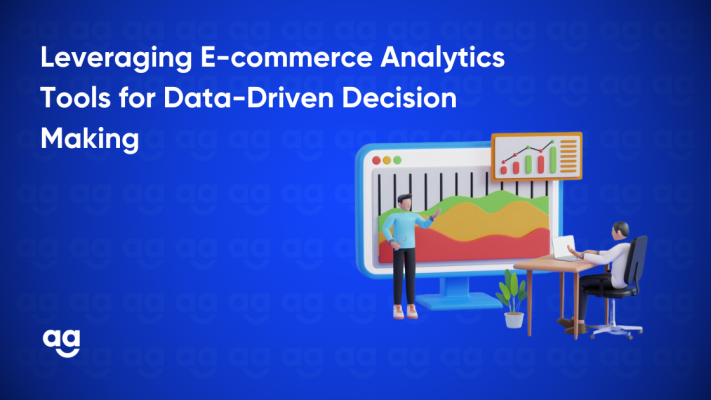
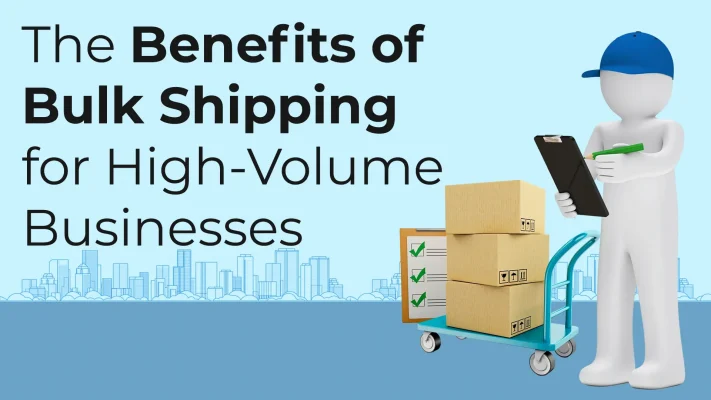
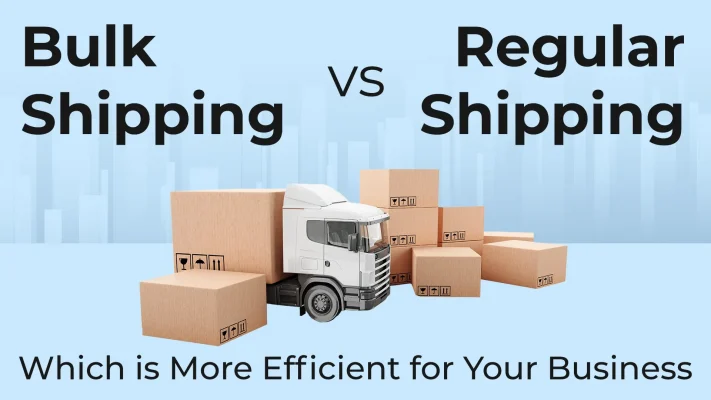


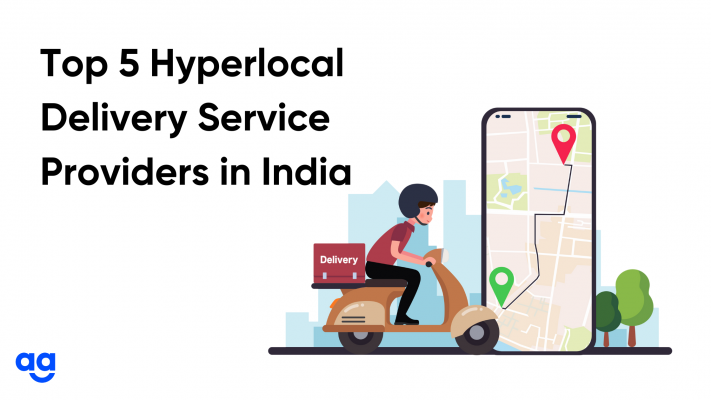
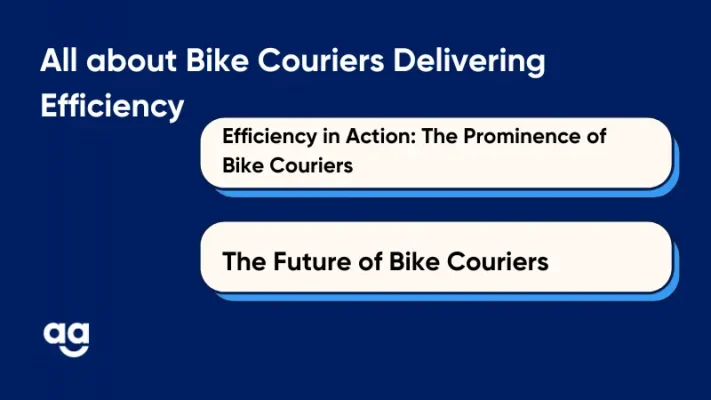
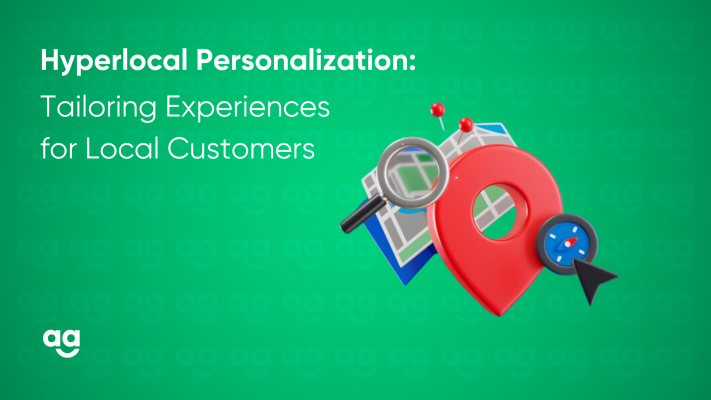
 Shipping
Shipping







